Optimal Timing for Shower Installations
Choosing the optimal time for shower installations involves considering various factors such as weather conditions, project complexity, and personal scheduling. Proper timing can ensure smoother installation processes and minimize disruptions.

Summer offers longer daylight hours and generally favorable weather, making it ideal for outdoor work and scheduling flexibility.
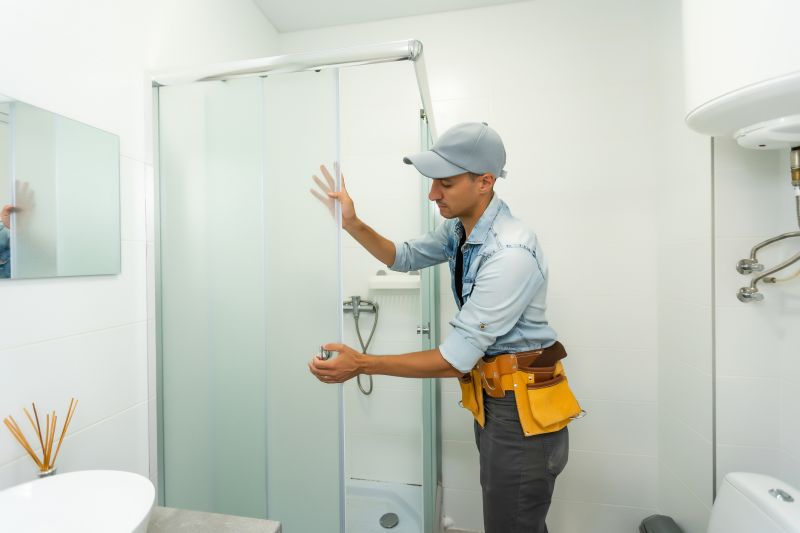
Moderate temperatures and milder weather conditions in spring and fall can reduce installation delays caused by extreme heat or cold.
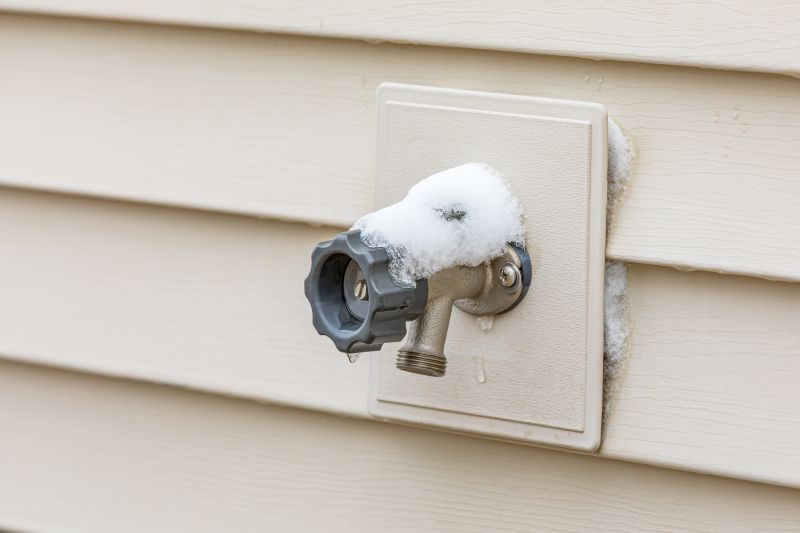
Winter installations may face challenges due to colder temperatures and potential weather disruptions, but indoor projects can proceed without weather-related delays.
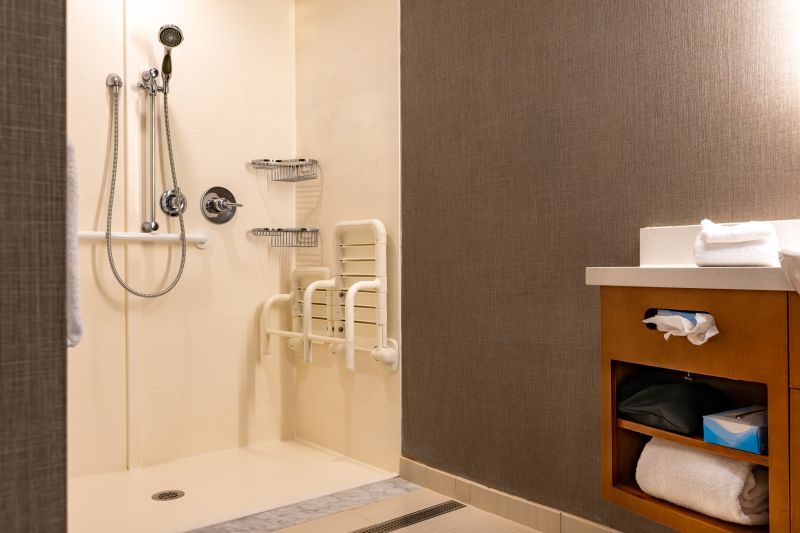
Ways to make Shower Installations work in tight or awkward layouts.
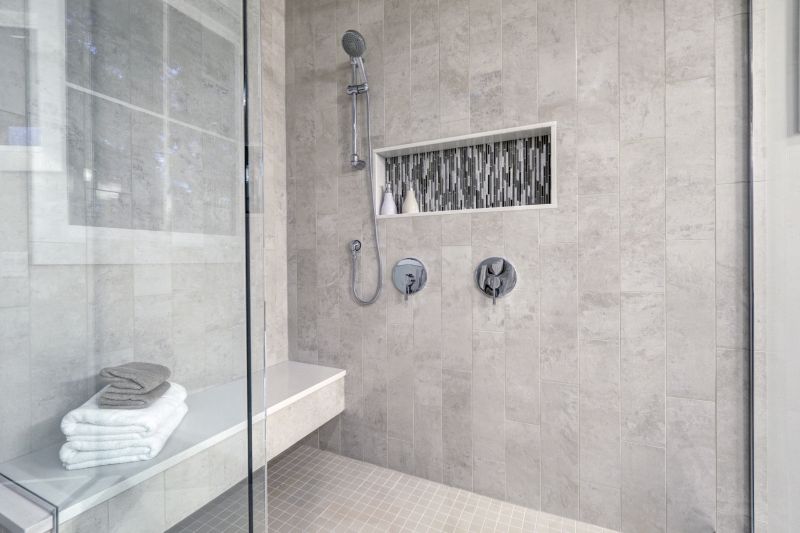
Popular materials for Shower Installations and why they hold up over time.

Simple add-ons that improve Shower Installations without blowing the budget.
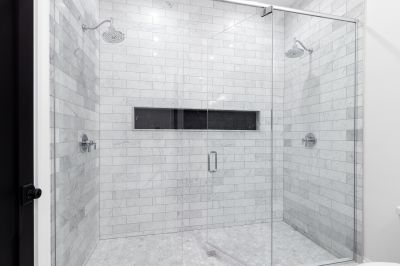
High-end options that actually feel worth it for Shower Installations.

Finishes and colors that play nicely with Shower Installations.
Timing for shower installations can significantly impact project quality and duration. Planning during seasons with stable weather conditions helps avoid delays and complications. Additionally, scheduling installations during periods of lower demand can lead to more flexible appointment times and faster service.
Extreme weather can delay or complicate shower installation projects, especially for outdoor or partially exposed work.
More complex installations may require additional planning and should be scheduled during times with fewer external disruptions.
Aligning installation dates with personal or family schedules ensures minimal inconvenience.
Certain seasons may influence the availability of specific materials or fixtures needed for installation.
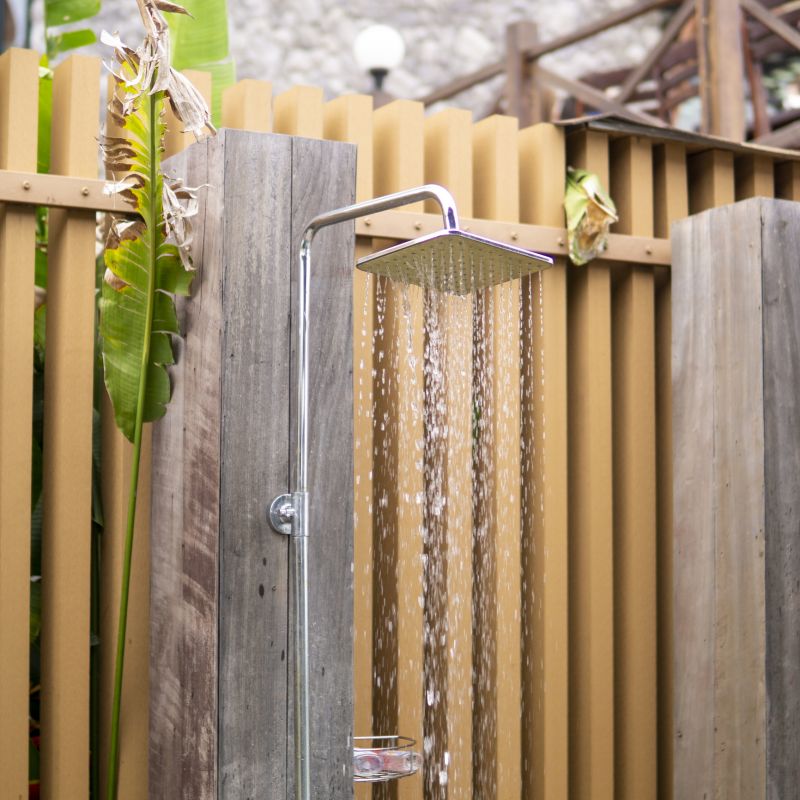
Indoor projects are unaffected by weather, making them suitable for year-round scheduling.
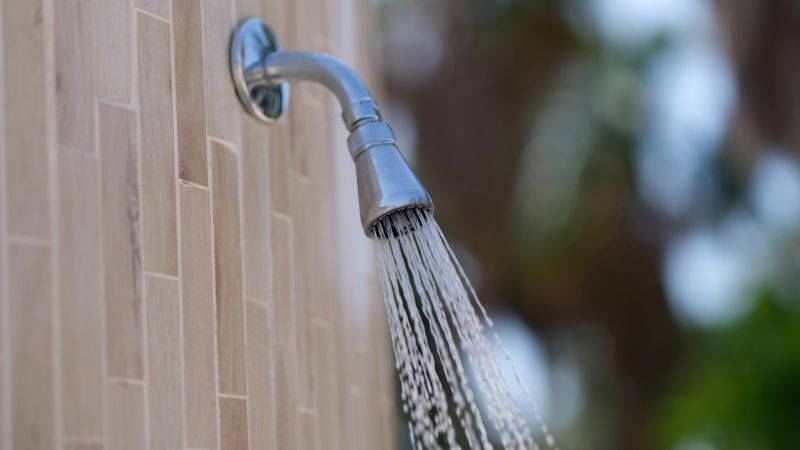
Dependent on weather conditions, outdoor installations are best scheduled during warmer, drier months.
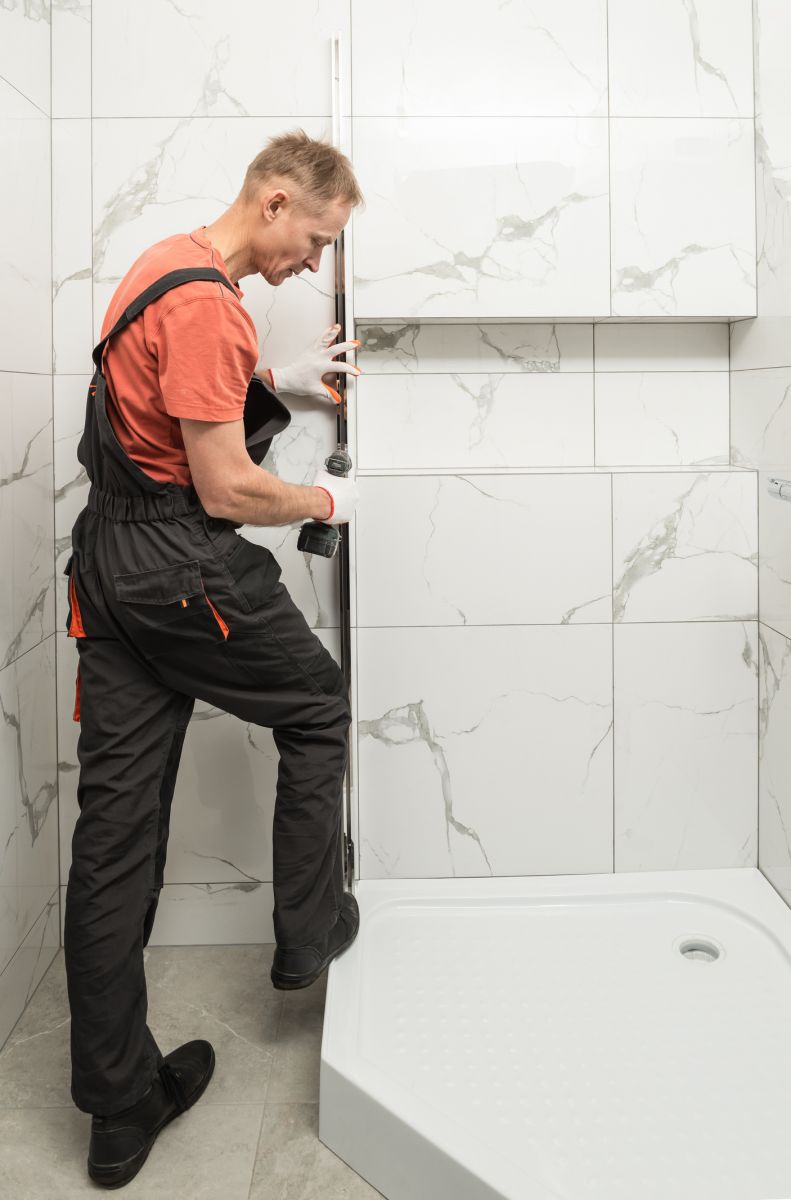
Off-season periods can offer more availability and potentially lower costs for scheduling.
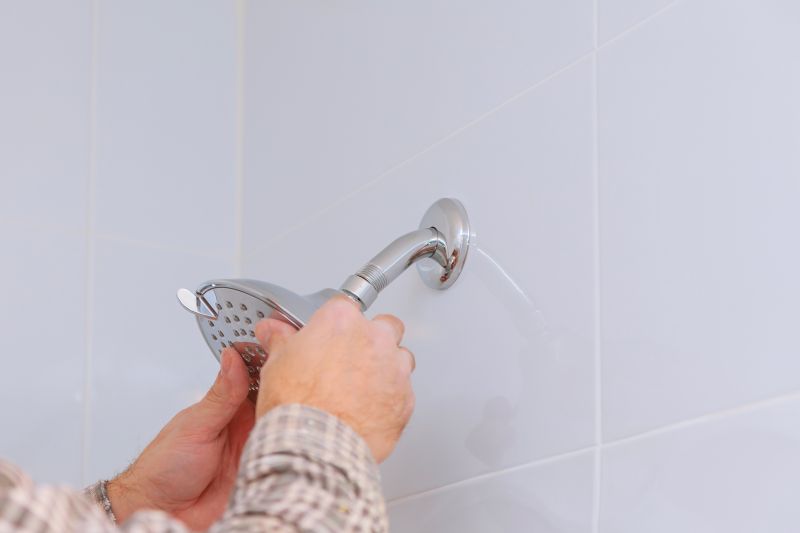
Planning ahead during peak seasons helps secure preferred dates and ensures timely completion.

Little measurements that prevent headaches on Shower Installations day.
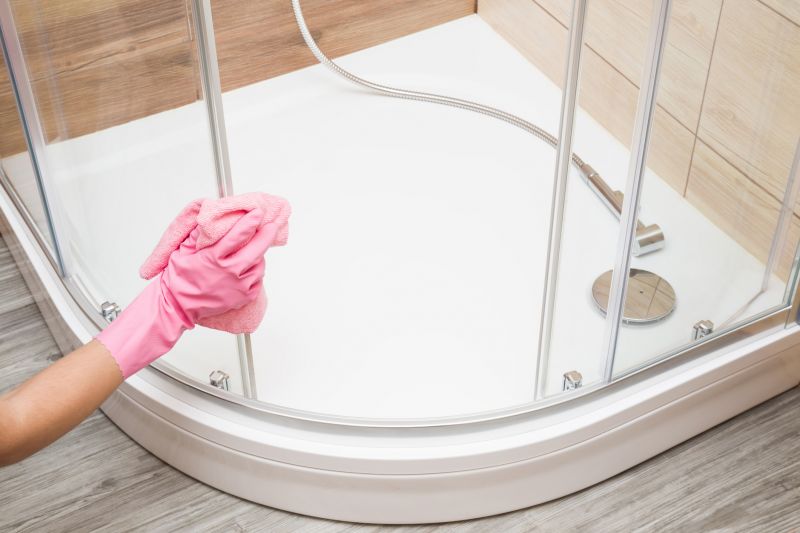
A 60-second routine that keeps Shower Installations looking new.
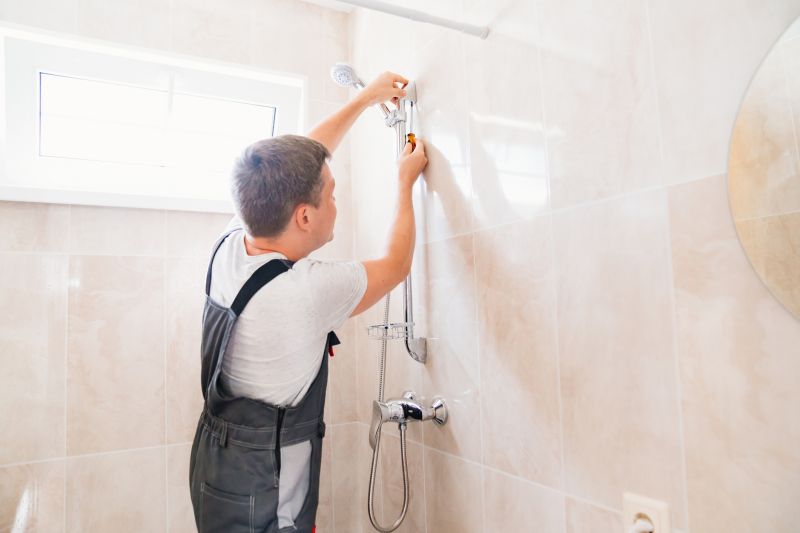
A frequent mistake in Shower Installations and how to dodge it.
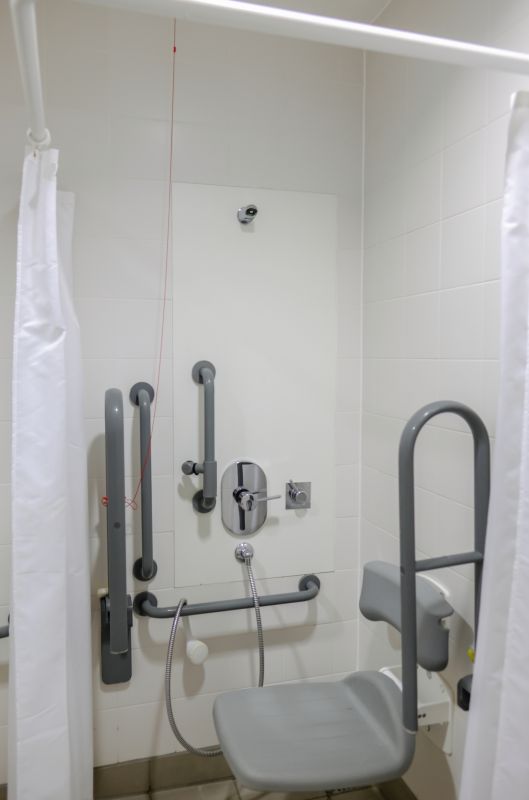
Small tweaks to make Shower Installations safer and easier to use.
| Season | Ideal for Shower Installations |
|---|---|
| Spring | Moderate weather, good for outdoor projects |
| Summer | Longer daylight hours, favorable outdoor conditions |
| Fall | Mild temperatures, less rain |
| Winter | Indoor projects only, potential weather delays |
Understanding the best timing for shower installations can lead to a more efficient process and satisfactory results. Proper planning ensures that weather-related issues are minimized, and materials are available when needed. Indoor installations provide flexibility throughout the year, while outdoor projects benefit from scheduling during favorable seasons.
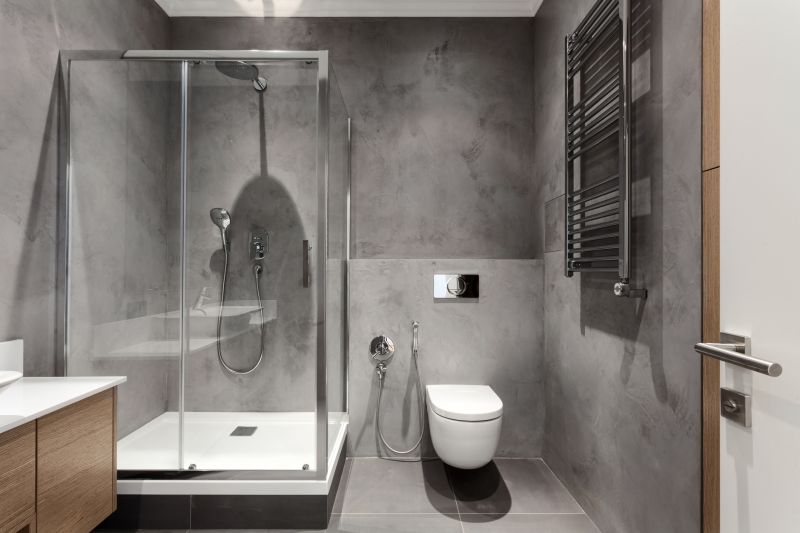
Indoor installations can be scheduled at any time, unaffected by seasonal weather changes.
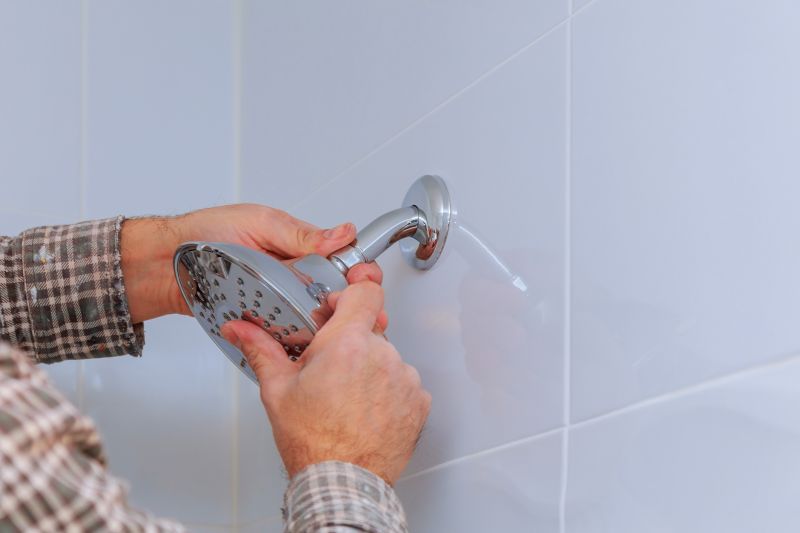
Best suited for warmer months with dry weather conditions.
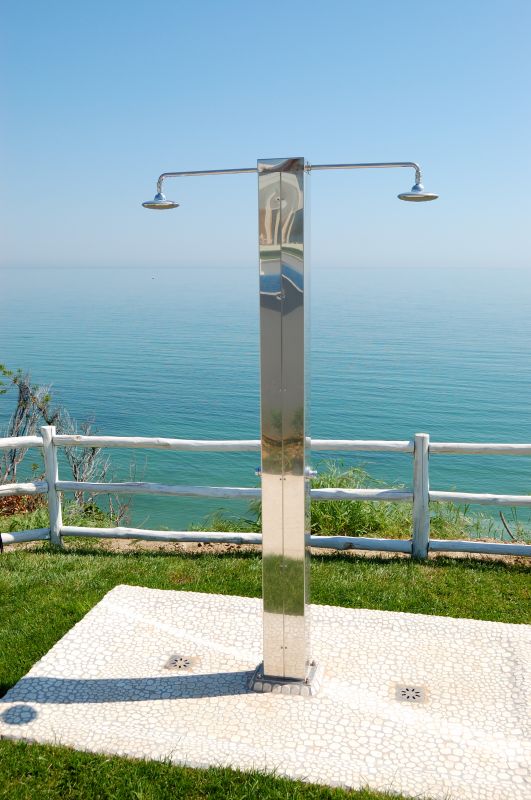
Scheduling ahead during off-peak seasons can improve availability and potentially reduce costs.
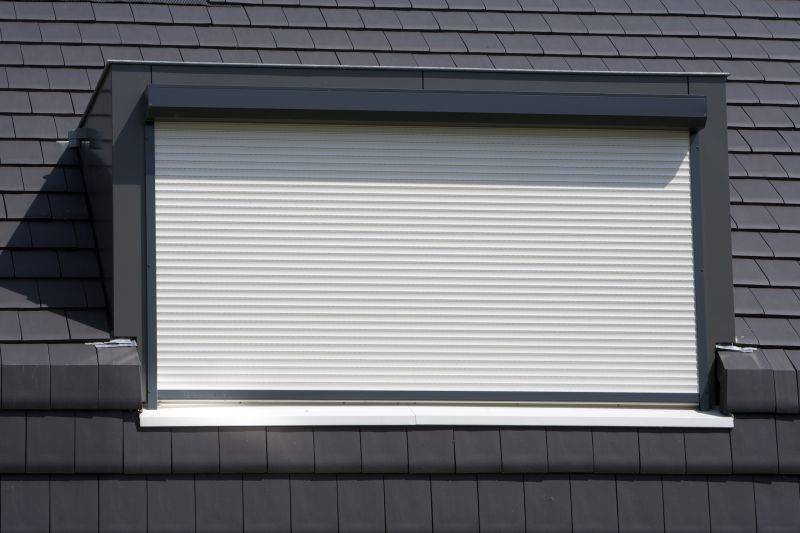
Monitoring forecast conditions helps prevent installation delays caused by weather.

Rough timing from prep to clean-up for Shower Installations.

Quick checks and paperwork to keep after Shower Installations.

Examples that show the impact a good Shower Installations can make.

Ways to make Shower Installations work in tight or awkward layouts.
For those interested in scheduling a shower installation, filling out the contact form provides an opportunity to select the most suitable timing. Proper planning can enhance the efficiency and quality of the installation process, ensuring the desired outcome is achieved without unnecessary delays.

